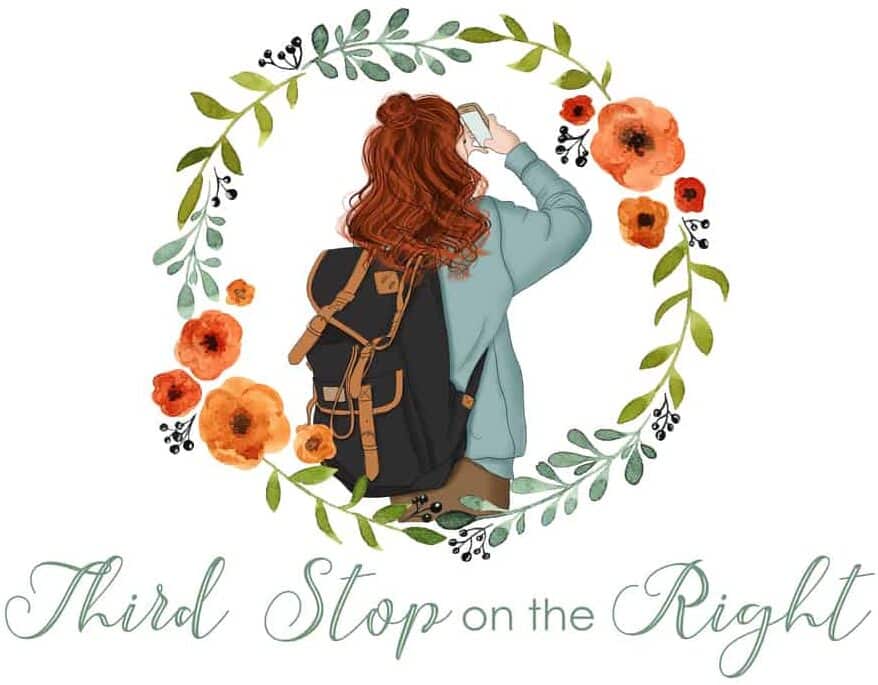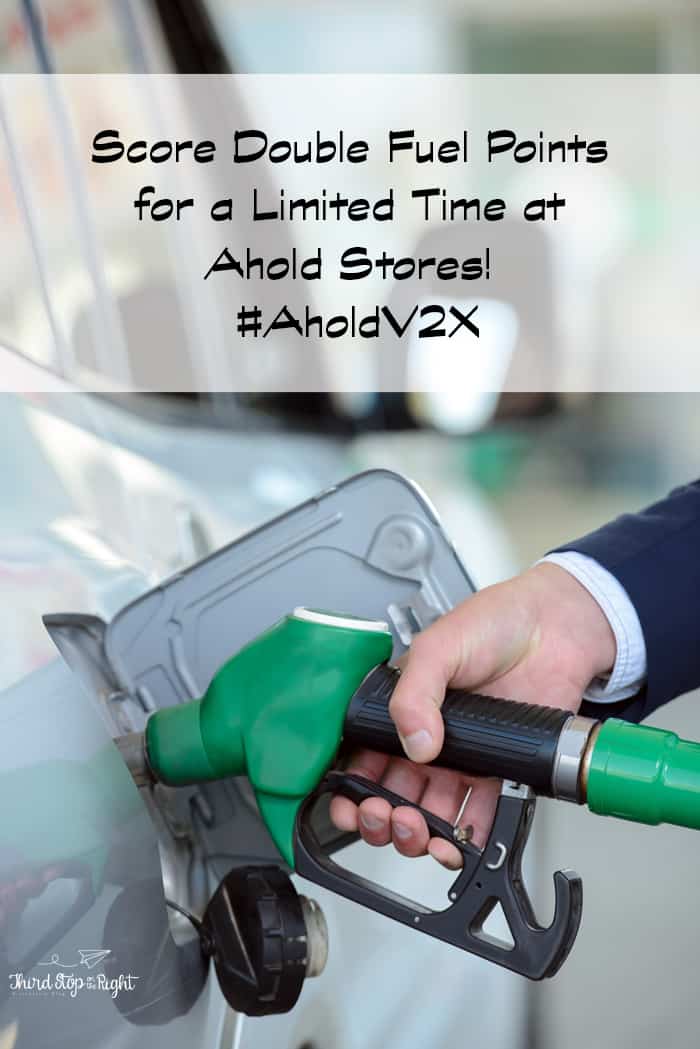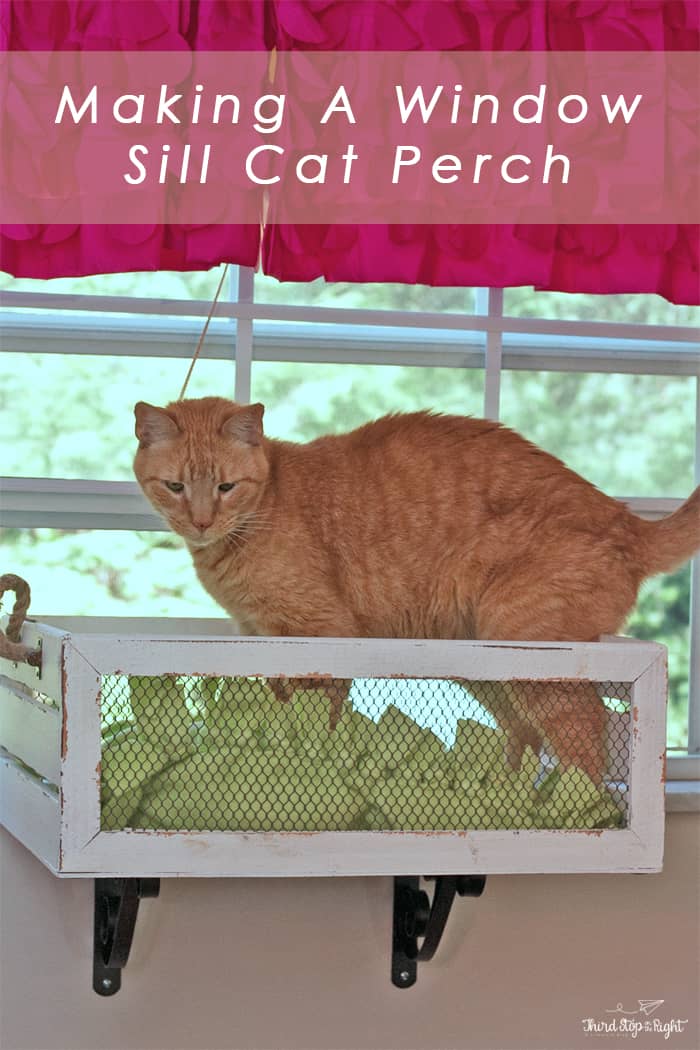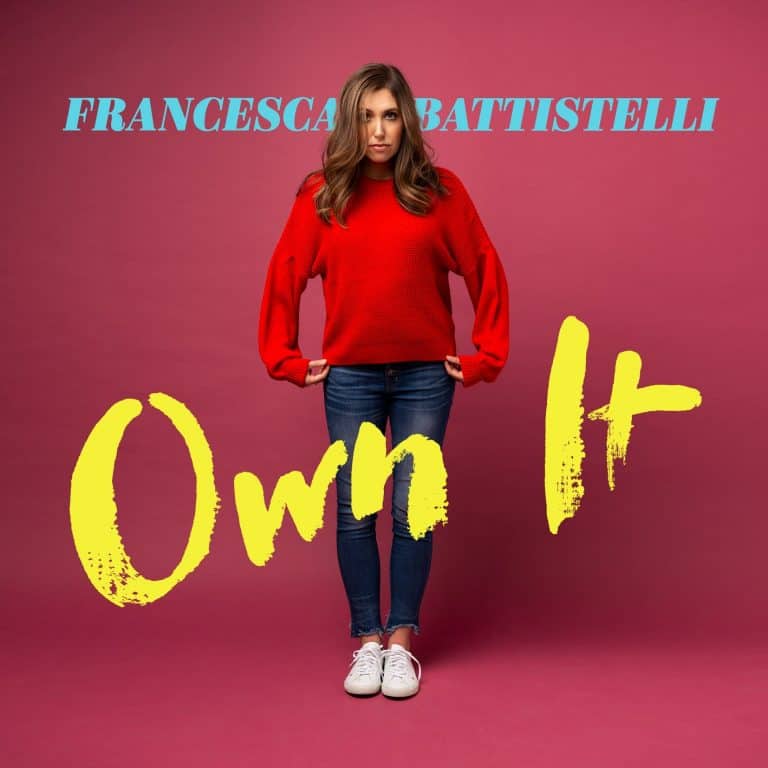This shop has been compensated by Collective Bias, Inc. and its advertiser. All opinions are mine alone. #CollectiveBias #LICDrugDisposal

The statistics are sobering. 197 Americas die everyday from a drug overdose. What is even scarier is when the statistics start hitting home. We live in Western Pennsylvania, one of the states hit hardest by the opioid epidemic. In fact, in 2017 5,400 Pennsylvanians died from an opioid overdose — that is one person every 96 minutes.
When we talk about these epidemics, it is easy to view the statistics as just that, statistics. It isn’t until those statistics come to your front door that suddenly this epidemic has a human face. I can’t even begin to tell you how many people I personally know that have either lost someone to an overdose or are in recovery. In fact, I work for an organization that is working to combat the stigma related to mental health and substance use issues.
While many people feel that there is nothing they can do to personally combat the opioid crisis, there are actually some really simple things that you can do in order to make a big difference.
Did you know that approximately 54 million Americans over the age of 12 have used prescription medications for non-medical reasons at least once in their lifetime? The scary fact is that most of these individuals who have accessed these medications get them from home. In fact, more than 70% of those who illegally use prescription pain relievers obtained them through friends or family, including raiding the medicine cabinet.
National Prescription Drug Take-Back Day is October 27
It is so important to dispose of medications in a safe way. Many people believe that it is ok to flush medicines down the toilet, pouring it down the drain, or throw it in the garbage. The reality is that these methods ultimately damage the environment and allow the possibility that the drug can fall into the hands of someone else. This is why that National Prescription Drug Take-Back Day was established.
This day aims to provide a safe, convenient, and responsible way to dispose of unwanted or expired medications. The problem is, two Take Back Days a year aren’t nearly enough to combat prescription drug abuse and the opioid crisis that is affecting so many families. This is why LifeInCheck created a Drug Disposal program that provides a safe option to discard unwanted prescription medications in secure receptacles around the United States.

It is easy to find out if you have a receptacle near you. Just visit the LifeInCheck website and enter your city, state, or zip code and you will be provided with a list of safe drug disposal locations in your area. In fact, I recently cleaned out my medicine cabinet and was left with several medications that we didn’t need anymore. With two small children in the house, I didn’t want to take any chances so I decided that it would be best to dispose of the medications safety.
Disposing of Prescription Medications Safely

I decided to use the LifeInCheck Drug Disposal Program website to find out where the closest drop-off location was. It turned out the closest one was at Children’s Hospital of Pittsburgh of UPMC, although I did find out that there will be more coming to the area soon. I felt that this was a learning opportunity for the boys, so I took them with me. We talked about how to never take any medicines without mom or dad giving it to them, and never to take anything that wasn’t prescribed to them.
Once you get to the drop-off location, you will want to look for the large, green receptacle. The receptacles are getting a makeover and will soon be branded as LifeInCheck, however, they will remain green. This is what the receptacles will eventually look like:

Once we got to the hospital, we asked at the front desk where the drop-off location was and it turned out the container was in the main lobby, right by security.


I had three bottles of prescriptions that I wanted to dispose of. Once I located the Drug Disposal Receptacle, all I had to do was pull to open the drawer, place the medications inside, and close the drawer. It’s that easy. These Drug Disposal Receptacles are perfect for disposing unused expired or unused prescription medications (including Schedule II-V controlled substances), unused or expired over-the-counter medications, and even pet medication. Drugs not accepted at the receptacles are Schedule I controlled substances, illegal drugs, thermometers, inhalers, lotions/liquids, aerosol cans, needles, or hydrogen peroxide.
I feel so much better that these unused medications are no longer in my home, but also that they won’t be harming the environment or falling into the wrong hands. It was such an easy and discreet process that I recommend it to anyone who is wanting to dispose of medications. Simply go to the LifeInCheck Drug Disposal Program website, enter your location, and find out where the nearest LifeInCheck Drug Disposal receptacle is.
In this scary climate of substance use issues, it is important to protect not not only the ones that you love, but also others in your community. Whether you are participating in National Prescription Drug Take-Back Day or using the LifeInCheck Drug Disposal receptacle it is important to be responsible when it comes to drug disposal.






